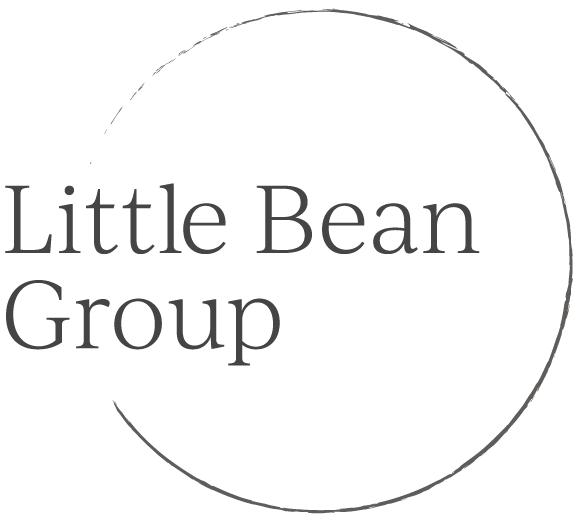Donor Advised Funds, known as “DAFs”, are philanthropy’s fastest-growing vehicle. My clients talk with me quite a bit about DAFs but despite their proliferation in recent years, there are still questions about how they work. I’ve put together an overview for you below:
What is a Donor Advised Fund and how does it work?
A DAF is an investment fund housed within a “sponsoring organization”. The fund is technically owned by the sponsoring organization and the donor who puts money into the fund recommends grants that are to be made from the fund. Sponsoring organizations include: Community foundations, charitable arms of financial institutions like Fidelity and Schwab, and nonprofits. The funds in the account are invested so they grow over time. DAF’s are an easy way to achieve philanthropic goals and tax benefits. A donor can contribute cash, publicly traded securities, stocks, cryptocurrency, mutual funds, or non-publicly traded assets, making DAFs a convenient pathway for charitable giving.
Why should organizations pay attention to DAF’s?
I hear this question often: “I know that I should pay attention to gifts from DAF’s, but I’m not really sure why or what to do”. This is a great question. Broadly speaking, donors who choose to set up DAF’s do so with the intent to give philanthropically. They make an active choice to structure and organize their finances in a way that makes it easy for them to manage their philanthropic portfolio.
DAF donors:
- Give significant thought to their philanthropy, demonstrated by the fact that they have set up a formal vehicle to make charitable donations.
- Are intentional with their giving and care about demonstrated impact. Stewardship of DAF donors and frequent communication is important.
- Intend to give now: DAF donors tend to make gifts more quickly. DAF’s are not set up to facilitate generational transfers, they are vehicles to facilitate charitable giving in the present day.
How to cultivate and steward DAR donors:
- Make sure you flag every DAF grant that comes in and connect the gift with the donor’s account.
- Like all gifts, be sure that a personalized thank you note and any stewardship materials go out promptly.
- Make an effort to get to know DAF donors and build out the relationship over time.
What tips do you have for working with DAF donors? Please let me know!
